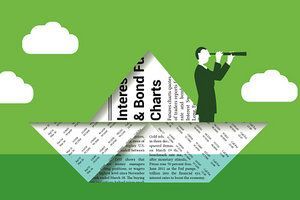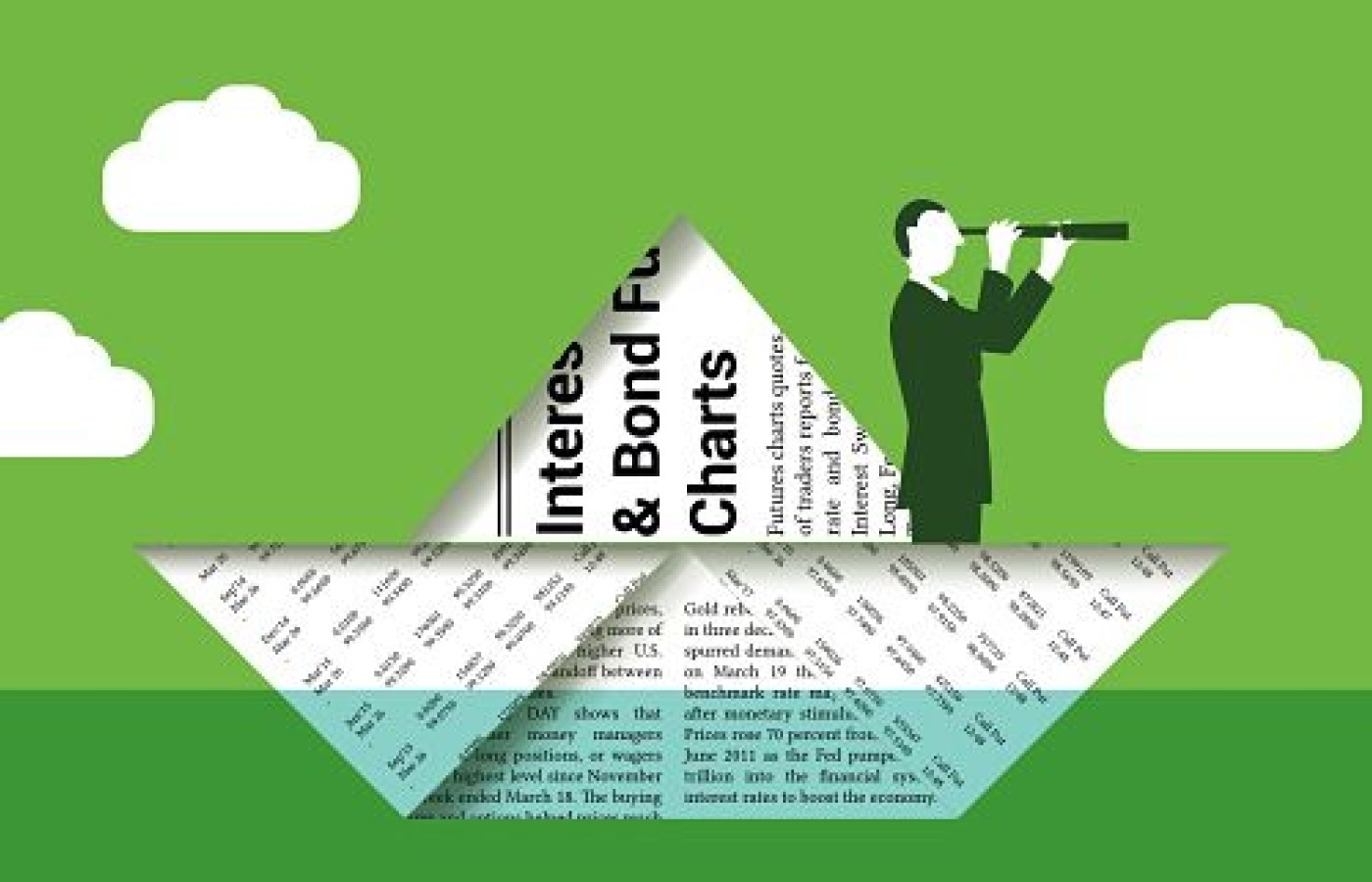New York's highest court of appeals has held that no-fault insurers cannot deny no-fault benefits where they unilaterally determine that a provider has committed misconduct based upon alleged fraudulent conduct. The Court held that this authority belongs solely to state regulators, specifically New York's Board of Regents, which oversees professional licensing and discipline. This follows a similar recent ruling in Florida reported in this publication.
Market Player or Investor? The Differences are Real
While anyone would love to have a sure thing, unfortunately it is not likely. There is a risk associated with purchasing any financial product. The risk is known as standard deviation. The general rule of thumb is the more risk taken, the greater the financial gain or loss. Conversely, for those who want to keep their money "in their mattress," the risk accepted is also real. Inflation and purchasing power risk over time will reduce the value of the cash. The greater the inflation rate, the quicker the monetary loss and decreased purchasing power going forward. For example, the cost of a quart of milk in 1913 would only purchase six tablespoons of milk in 2013 dollars. Investing involves taking risks, but not investing also exposes an individual to risks. How can you mitigate risk? It depends on your philosophy and investing style, risk-return tolerance and acceptance of market shifts.

The Investor
Understanding risks-unsystematic and systematic-is not understood or abstruse to most individuals. Unsystematic risk may be reduced and systematic risk cannot. Being aware of the type of risk a financial product presents can help an individual better understand a financial product and the market forces which will positively or negatively affect its price movement. Most people who are not inclined to follow the financial markets or specific financial products are content in buying a group of products whether in the form of mutual funds, ETFs or other financial securities. John Bogle, founder of Vanguard, said in a recent Wall Street Journal article, "As investors continue to favor value-creating simplicity and realize that their positive perception of finance conflicts with that reality, they will demand a smaller and less-costly financial system."
Active Manager, Market Timing or Day Trader
Beating the market is the goal most stock pickers attempt to do when purchasing a stock or similar product. There is a bid and ask price. The difference between the two is called the spread and is often determined by the size of the transaction. This is one component of the final cost, including other factors i.e., transaction costs. Which financial products to purchase are determined by those who subscribe to fundamental or technical analysis. Others may throw a dart against a page of the WSJ or close their eyes and point to a line in a financial paper. How are financial product prices determined and by whom? Ultimately, market makers or specialists, broker-dealers and the buyer all play a part in the final cost of the financial product.
The goal of an active manager, and at times with utter hubris, is to beat a segment of the market as compared to the respective index or benchmark. Think of an index as having every possible stock in that product category, i.e., large, mid or small cap, international, emerging markets, etc. Active managers, using assorted methods of selecting the anticipated winners, attempt to outperform the index as rated by alpha. "Alpha is sometimes interpreted as the value that a portfolio manager adds, above and beyond a relevant index's risk/reward profile." Unfortunately, those who are successful of achieving a positive alpha in any given year will find it near impossible to repeat the task next year. Also, history has shown that today's winners are often next year's losers. Almost 80% of active stock managers fail to meet or beat the respective index.
According to Dimensional Fund Advisors (DFA), an active manager's performance comes from identifying "mispriced" securities or accurately predicting economic and market conditions. However, if the concentration of mispriced securities selected is not those that are of the best performers in the asset class, the risk is the manager will not capture the market premiums or be successful with the selections made. Attempting to time the market by getting into or out of it is near impossible, but causes higher expenses because of trading costs and possible increased risk exposure.
Day traders attempt to be profitable similar to active managers, but on a daily basis. Day traders try to capitalize on the spread and hope to cash out their trading day with a gain vs. a loss. Unfortunately, for every successful day trader, the number of unsuccessful day traders is vastly greater. If most made money doing this, would not more people give up their day jobs and join the legions of day traders? Everyone talks of their financial wins but few want to admit their financial loses. This may appear disingenuous, but call it human nature. There must be a valid reason why most that attempt this method of investing are gone as quickly as they entered it. Bogle commented, "The perception held by too many investors that they can beat the market will give way to the reality that ... [it] is to no avail." Some investors just need the action or sizzle of excitement, but others feel slow and steady, although appearing boring, is the best way to invest.
Buy it, place it in a draw and forget about it? Buy and hold over a specified time? Follow it daily or weekly? Hold onto loses or sell and invest elsewhere? How does the psychology of investing affect attitudes or gut feelings going forward? Does rebalancing the holdings ensure original investing strategy or philosophy? These are important questions investors need to answer and sooner is better than later!
Passive Investing
Those investors who would rather allow a market class of securities using evidence based academic research with resulting portfolios constructed following an established asset benchmark are considered passive investors. Selecting an asset class benchmark, i.e., S&P 500, Russell 2000, etc., provides an investor the opportunity to participate in specific market securities. Similar in theory but different in application, passive funds utilize a methodology to capitalize on market movements without the use of market timing or active management. Surprisingly, these methods have proven successful as noted by meeting or exceeding the associated or correlated index on a fairly consistent basis. Using an evidenced based approach to investing, investors are content in allowing the market to fluctuate, as it always does, but with less personal stress and concern. This is not to insinuate these investors lack concern for the inherent risks with any financial product. Instead, these investors are satisfied in understanding inevitable market movements and realizing the importance of diversification across asset classes. As one asset class may decrease in value, others in the investor's portfolio are anticipated to increase. The bottom line is the combination of these correlated and uncorrelated financial products help mitigate the unknown risks and market movements by supporting the overall anticipated profitability of the entire portfolio. According to Bogle, "As investors increasingly see the benefits of the index fund, their perception that active fund managers as a group are able to add value will fade."
Never Ending Investment Choices
For those investors who want the inherent anticipated security of passive investing with the sizzle of active investing, why not consider its confluence with financial exposure to both investing styles? Depending on the amount allocated and associated personality for investing, the use of passive philosophy and active participation is an option. There are many choices and as many pitfalls for those who are not cognizant of market movements and potential risk. An investor should determine their risk tolerance and anticipated expected returns for the risk exposure selected. Be aware of being sold a financial product because of the appearance of it being only suitable for you. Any investment purchased should be more than suitable, it should always be in your best interest and not that of the selling representative.
The selection of working with a fiduciary financial advisor, i.e. CFP® professional, may be one of the smartest financial decisions you can make. Your financial interests are always paramount and after a thorough analysis is performed, the results obtained may prove to be the difference between being at the dinner table and enjoying your financial success or on the dinner table having a less than enjoyable and profitable financial experience. Know your investment risks, be mindful of market ebbs and flows with unexpected shifts, be patient and ask for professional fiduciary help. Above all, don't get fooled by the financial gurus who are paid to entertain you. If their information is that good, why would they share it with you?!



